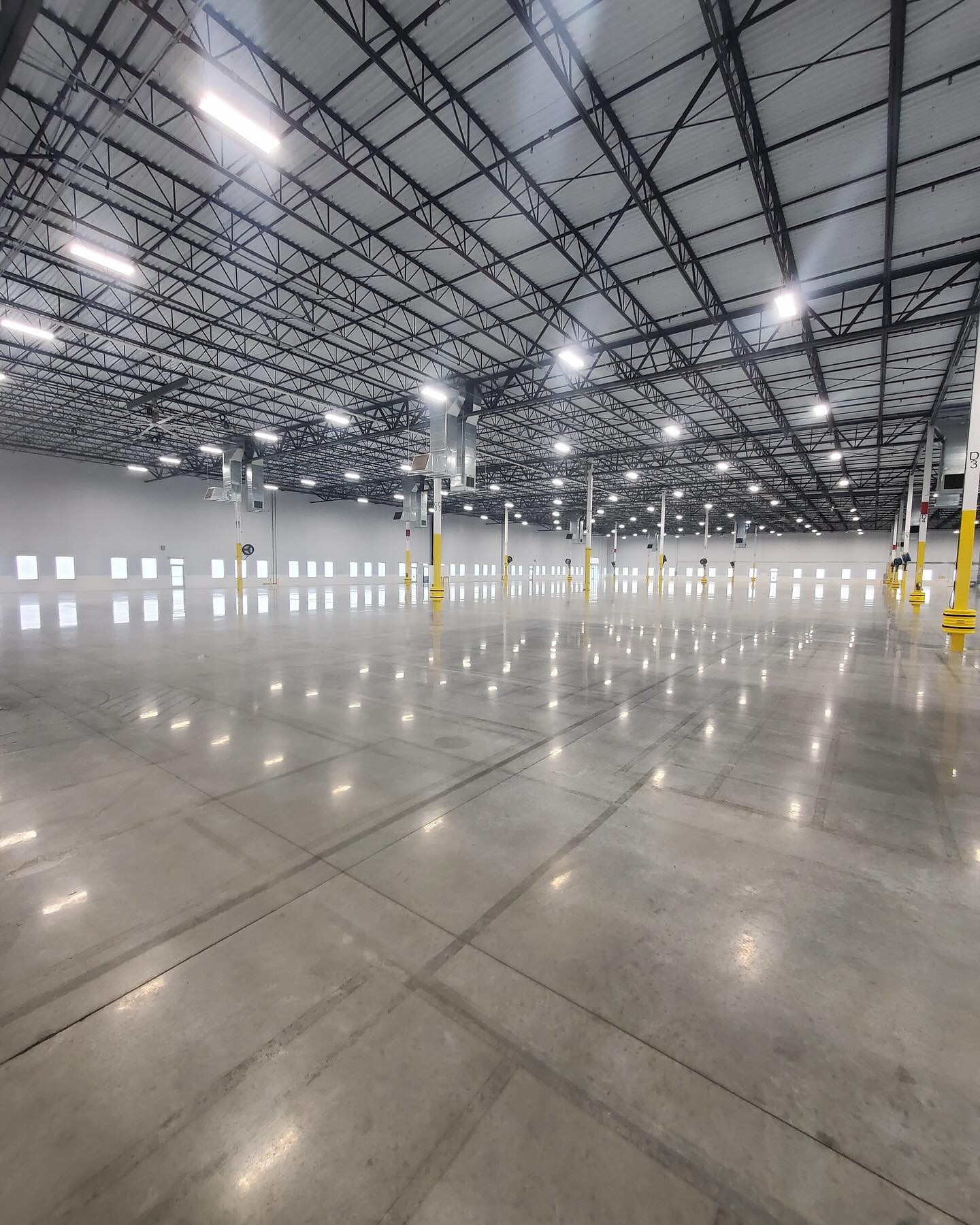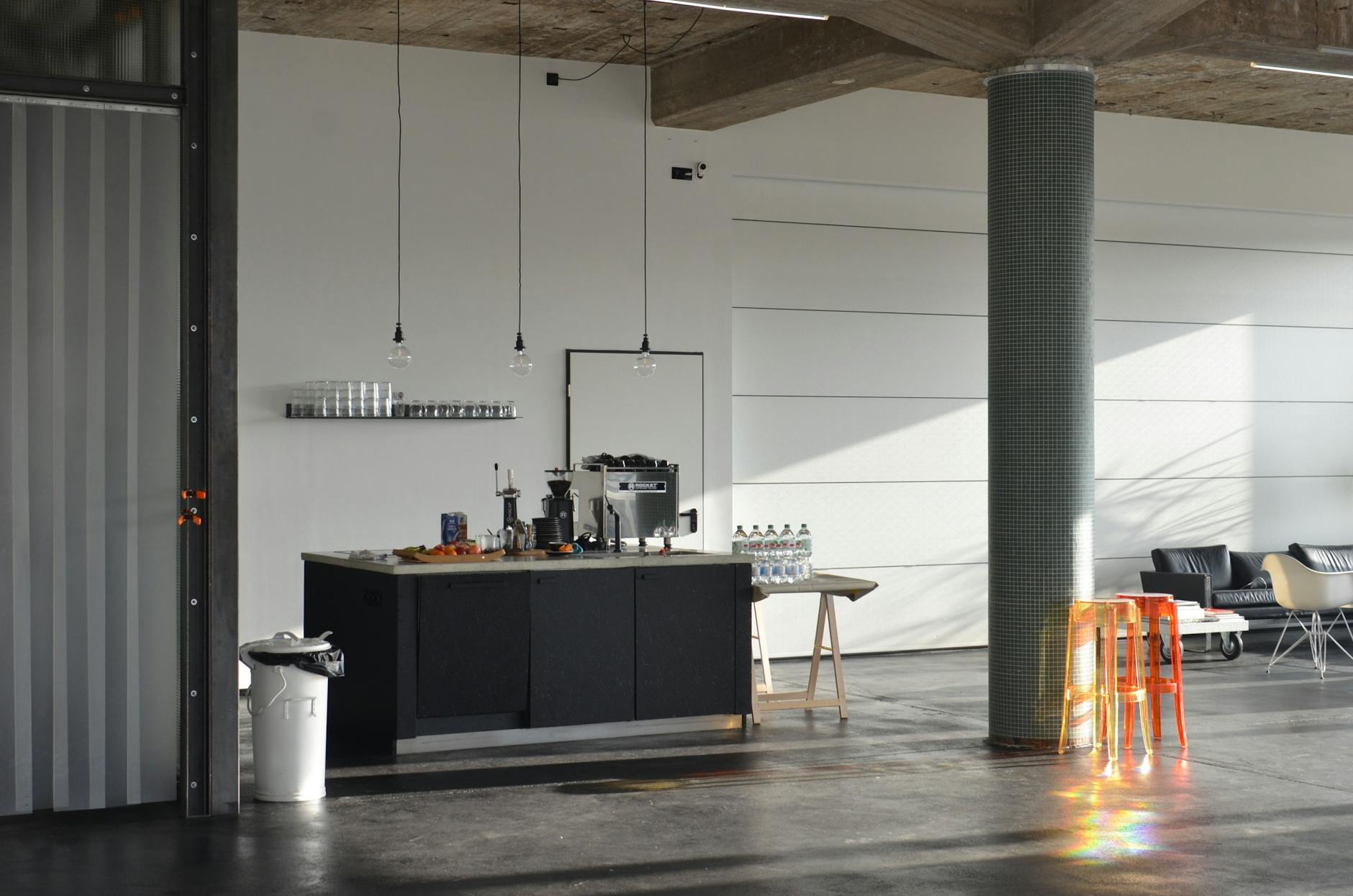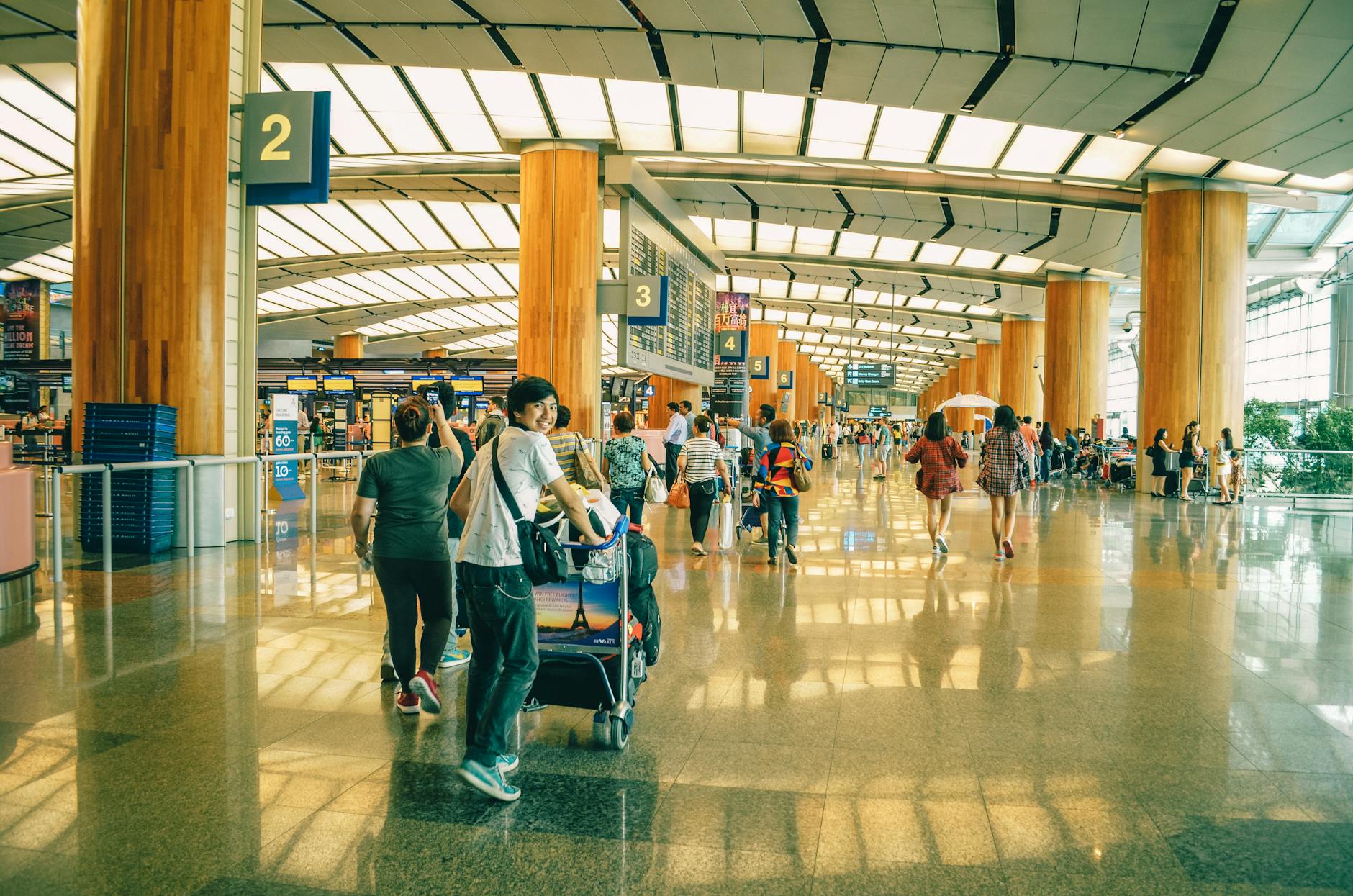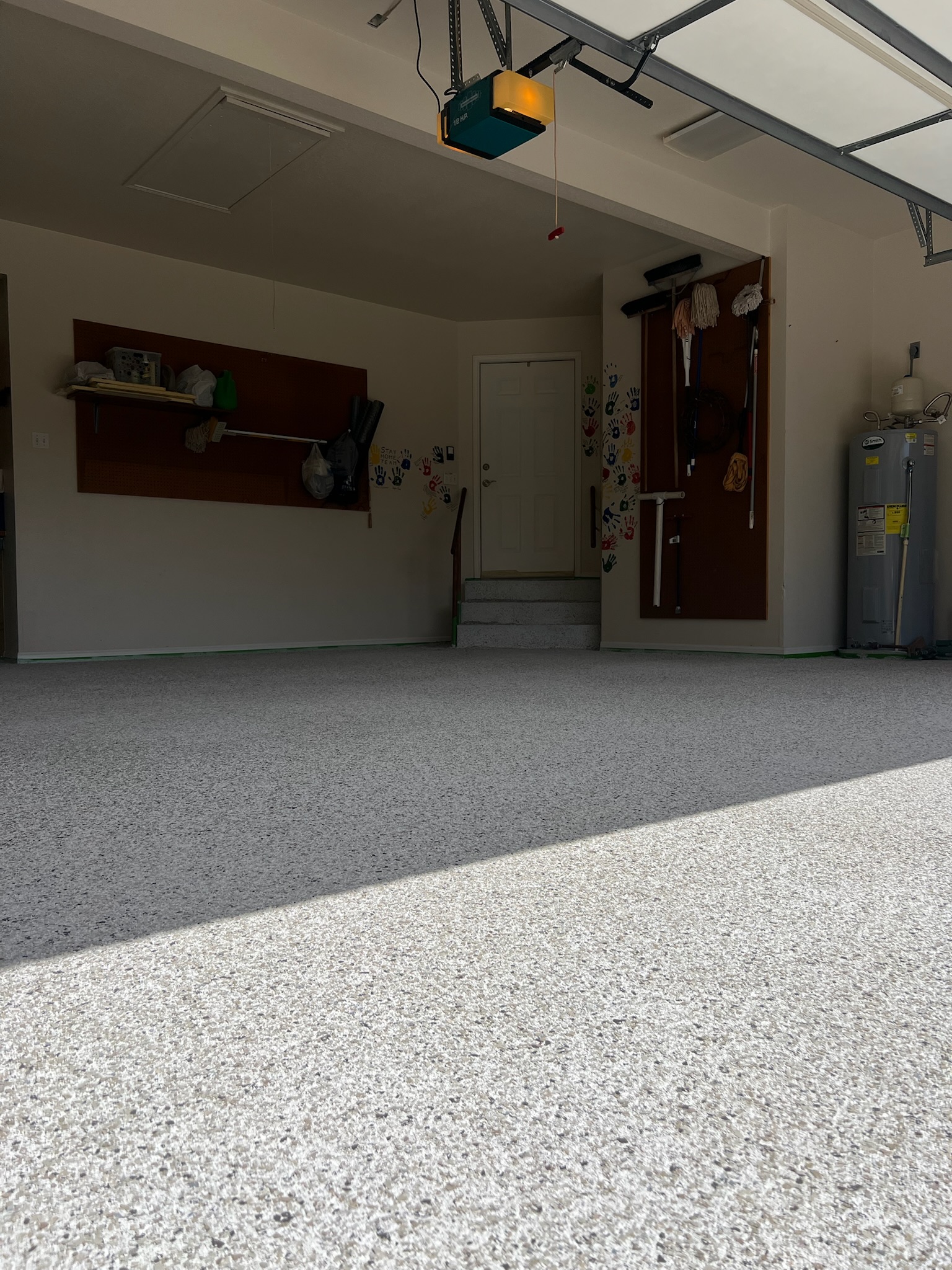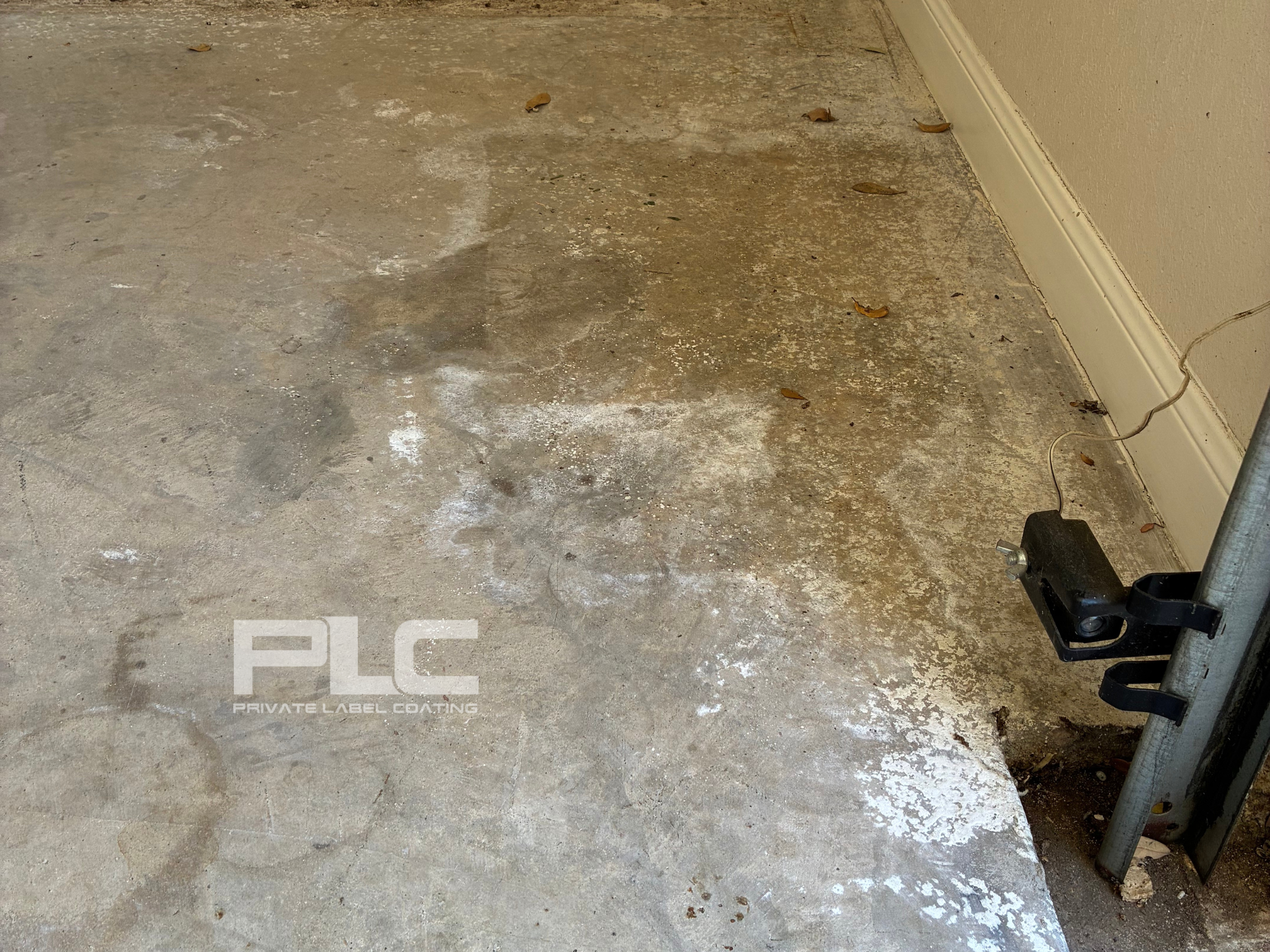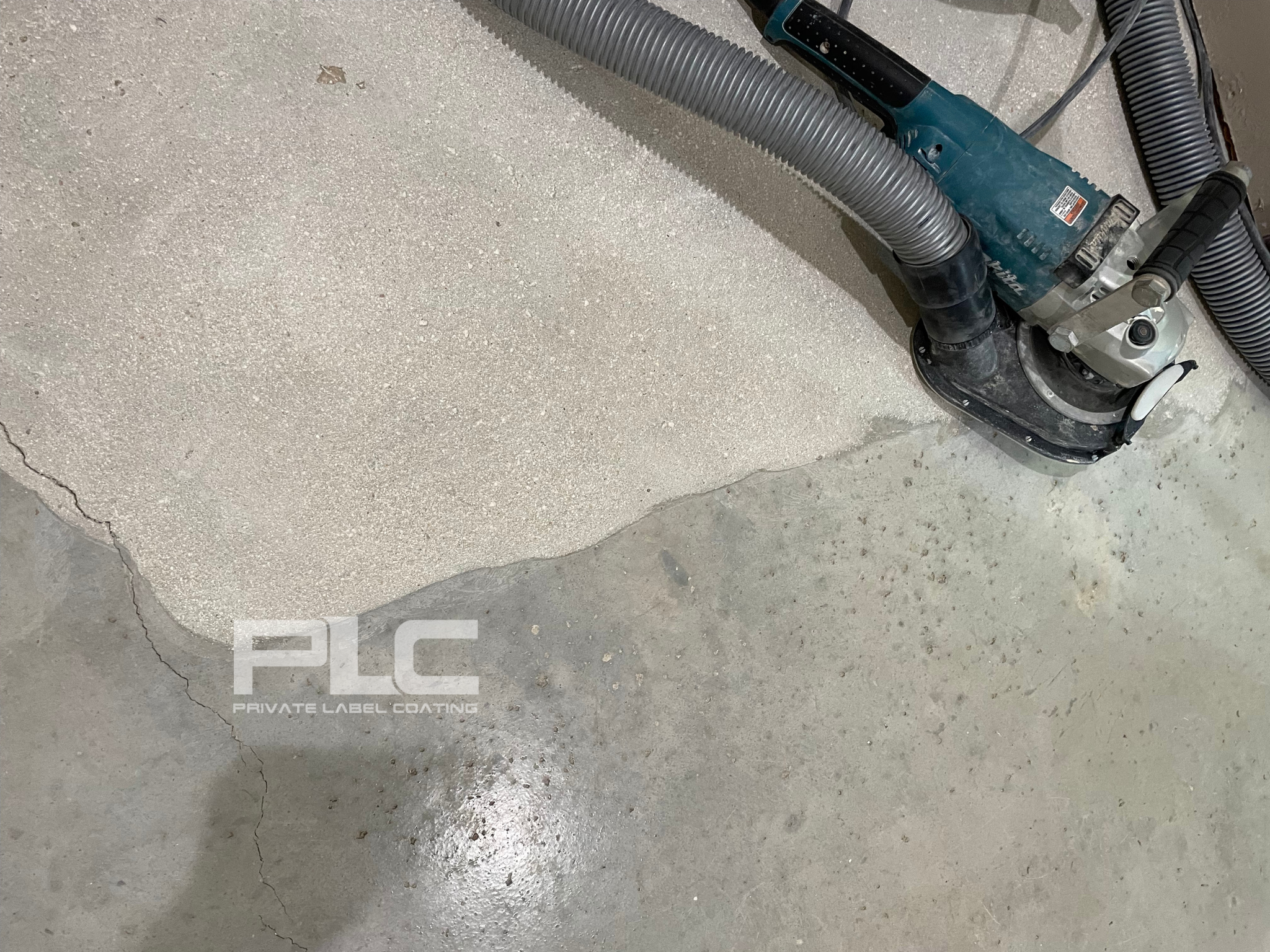When it comes to giving concrete a polished, refined look, there are two common methods: full mechanical diamond polishing and light pad polishing using a simple three-pad system. While they may produce similar visual results at first glance, the difference beneath the surface is significant—and it can make or break the long-term durability of your floor.
So, which method is right for your space? Let’s dive into the key differences.
What Is Traditional Diamond Polishing?
Traditional diamond polishing is a multi-step mechanical process that involves grinding the concrete surface with metal-bonded diamonds to remove imperfections and expose fresh concrete. As the polishing progresses through finer grits, a densifier is applied to harden the surface. The final result is a glossy, stone-like finish that’s as durable as it is beautiful.
- Key Benefits:
- Extremely durable and long-lasting
- Densifies and strengthens the surface
- Low-maintenance, stain-resistant finish
- Ideal for high-traffic areas
This method isn’t just about aesthetics—it transforms the surface structurally, making it more resistant to wear and tear.
What Is Light Pad Polishing (Buff & Shine)?
Light pad polishing, often referred to as “buff and polish,” uses a three-pad system: coarse, medium, and soft. These pads lightly abrade the surface and bring out a temporary shine, but they don’t involve grinding or densification. It’s a surface-level treatment, not a structural improvement.
- Key Benefits:
- Quick and cost-effective
- Good for refreshing appearance of existing polished concrete
- Minimal downtime
However, it’s important to understand that this method is cosmetic. It doesn’t address surface wear, harden the concrete, or improve durability. Over time, the shine fades and may require frequent reapplication.
Major Differences at a Glance
Durability:
Traditional diamond polishing wins hands down. It densifies and strengthens the surface, making it highly resistant to foot traffic, abrasion, and stains. Pad polishing, by contrast, offers no structural improvements, and its shine is far more temporary.
Maintenance Needs:
Densified, polished concrete requires minimal upkeep—just regular cleaning. Pad-polished floors may need frequent buffing or recoating to maintain their appearance, which adds to long-term costs.
Ideal Use Cases:
Use diamond polishing in commercial spaces, retail environments, and high-traffic areas where performance and appearance matter.
Use light pad polishing in residential spaces or for maintenance polishing on an already densified floor.
So Which Should You Choose?
If you want a finish that looks good today and performs years from now, mechanical diamond polishing is your best bet. It’s an investment in both form and function. If you just need to refresh the look of an existing floor for a short period—or are on a tight timeline—then light pad polishing can be a quick fix.
At Private Label Coating, we tailor each surface solution to your needs. Whether you’re looking for a high-performance floor or a quick shine, we’ll help you choose the right process—and do it right the first time.
Still unsure which polishing method fits your project?
Visit PrivateLabelCoating.com or contact us today for a consultation. We’re here to make your floors stand out and stay strong.
